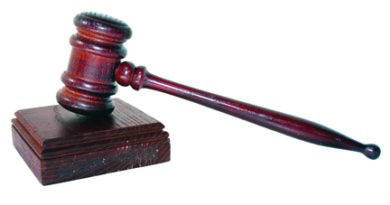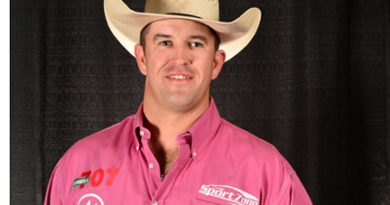Wasterwater treatment facility under scrutiny
No matter how diligent the maintenance efforts of wastewater treatment operators, the City of Hebron’s facility is old. And while it has served the community well and operated in general conformance with discharge requirements over the years, in 2010 the system experienced a hiccup when the comminutor (grinder) broke down. And on Aug. 31, 2010, an inspection by Nebraska Department of Environmental Quality (NDEQ) identified the facility as operating outside of compliance requirements due to the inoperable comminutor. A notice of violation was issued to the City stating the comminutor needed replacing at the “headworks.”
The problem, said facility operator Jim Summers in 2010, was that the comminutor that broke down was only two years old. “It was the new one,” he said, meaning replacement with another comminutor would most likely end the same way.
City officials immediately turned to screening as an option, but as in most cases, it costs a lot more for a cure than it does for bandages. In this case, new mechanical screening improvements looked to run $370,500.
That’s when city leaders turned to BG Consultants, Inc., of Manhattan, Kan., to survey the entire system, let the City know exactly what was needed and quite possibly find financial assistance in the way of special grants or low interest loans.
According to a recent report from the consulting firm, Hebron’s sanitary sewer collection system is estimated to be at least 60 years old. It is primarily composed of 52,000 feet of clay tile sanitary sewer main and approximately 150 brick manholes. The system includes three sewer lift stations, each of which are in need of a comprehensive mechanical evaluation.
According to the report, the 6th St. station was “rehabilitated” in 1994; the 4th St. station in 1992 and the main plant lift station in 1997. Rehabilitation efforts included pump replacement and minor control modifications.
The survey also states that the “sewer mains and manholes are broken and cracked to such an extent they allow significant root penetration which has caused blockages in the sewer mains and redirected gravity flow back into household basements.” The firm says in consulting with City staff, it is estimated that approximately three days each week is spent on operation and maintenance of the collection system. The lift stations are “continually being plugged by rags and debris which requires city staff to clean out the stations every day. “All three of the pump stations are reaching a point where their useful mechanical life will be satisfied and a replacement /rehabilitation plan, based on a thorough mechanical evaluation, should be implemented,” stated the report.
Cost estimates for the wastewater needs according to the consulting firms report including the main lift station screen improvement project, the wastewater treatment facility assessment and the collection system infrastructure total over half a million dollars, or approximately $535,500.
Without a grant, the project will cost the City’s 743 sewer customers about $4.13 more per month for 20 years. Currently the city leaders, through BG Consulting, have applied for grants and are waiting to see if the project qualifies. Such a grant with a 30 percent loan forgiveness could cut customer responsibility down to a $2.89 increase per month for 20 years.




